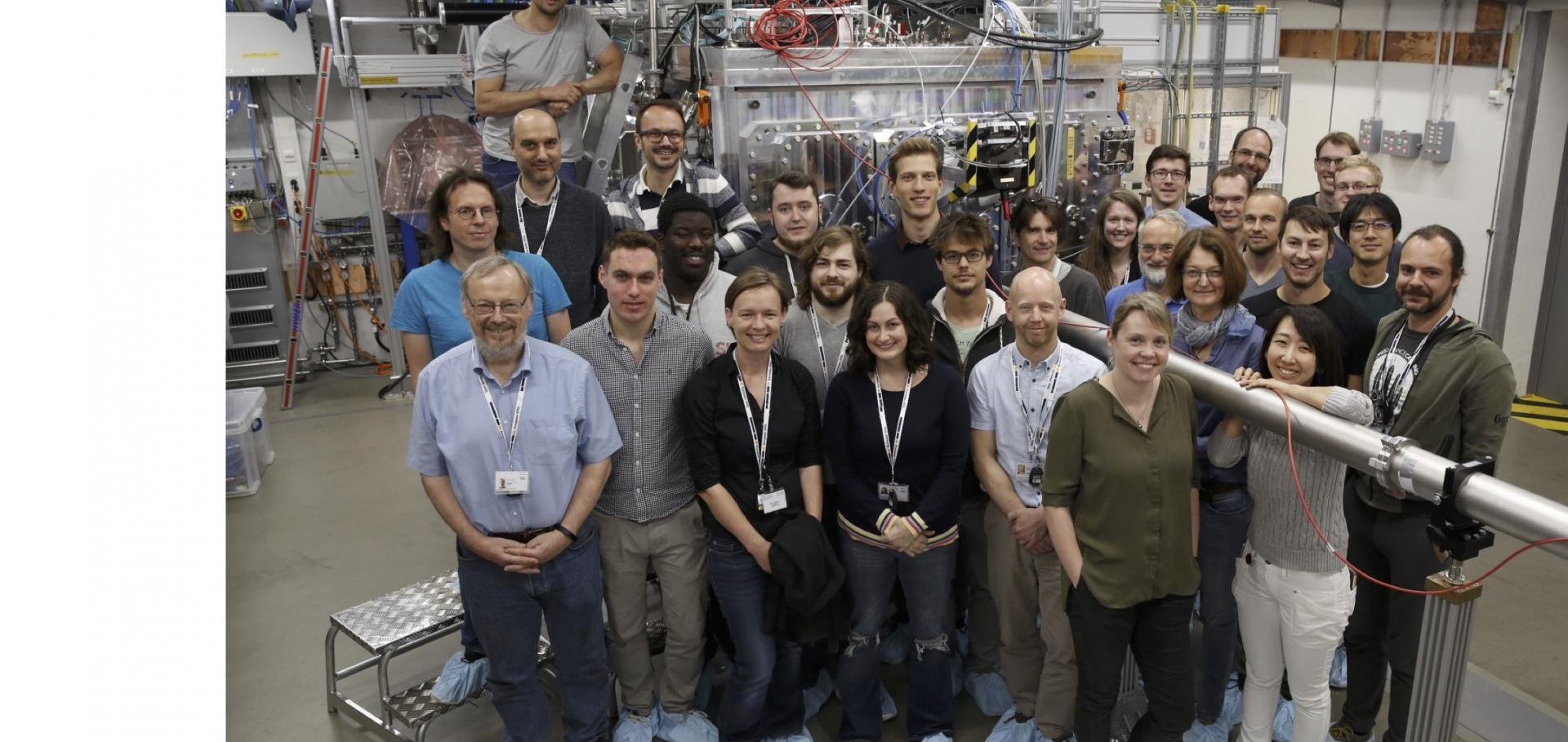Molecular dynamics simulations of inelastic X-Ray scattering from shocked copper
Journal of Applied Physics AIP Publishing 130 (2021) 125901
Abstract:
By taking the spatial and temporal Fourier transforms of the coordinates of the atoms in molecular dynamics simulations conducted using an embedded-atom-method potential, we calculate the inelastic scattering of x-rays from copper singlecrystals shocked along [001] to pressures of up to 70 GPa. Above the Hugoniot elastic limit (HEL), we find that the copious stacking faults generated at the shock front introduce strong quasi-elastic scattering (QES) that competes with the inelastic scattering signal, which remains discernible within the first Brillouin zone; for specific directions in reciprocal space outside the first zone, the QES dominates the inelastic signal overwhelmingly. The synthetic scattering spectra we generate from our Fourier transforms suggest that energy resolutions of order 10 meV would be required to distinguish inelastic from quasi-elastic scattering within the first Brillouin zone of shock-loaded copper. We further note that high-resolution inelastic scattering also affords the possibility of directly measuring particle velocities via the Doppler shift. These simulations are of relevance to future planned inelastic scattering experiments at x-ray Free Electron Laser (FEL) facilities.Excited-state potentials for modelling dense plasmas from first principles
Plasma Physics and Controlled Fusion IOP Publishing 63 (2021) 114006
Abstract:
The modelling of dense plasmas using finite-temperature density functional theory has proven very successful in determining transport properties and the equation of state of systems where quantum many-body effects and correlations play a key role in their structure. Here we show how excited-state projector augmented-wave potentials can be used to extend these calculations to explicitly model core-hole states, allowing for the calculation of the electronic structure of a range of integer charge configurations embedded in a dense plasma environment. Our excited-state potentials show good agreement with all-electron calculations at finite-temperatures, motivating their use as an efficient approach in modelling from first principles both the structure of strongly-coupled non-equilibrium plasmas and their interaction with intense X-rays.Crystal plasticity finite element simulation of lattice rotation and x-ray diffraction during laser shock-compression of Tantalum
(2021)
Atomistic deformation mechanism of silicon under laser-driven shock compression
(2021)
A history of high-power laser research and development in the United Kingdom
High Power Laser Science and Engineering Cambridge University Press 9 (2021) e18


